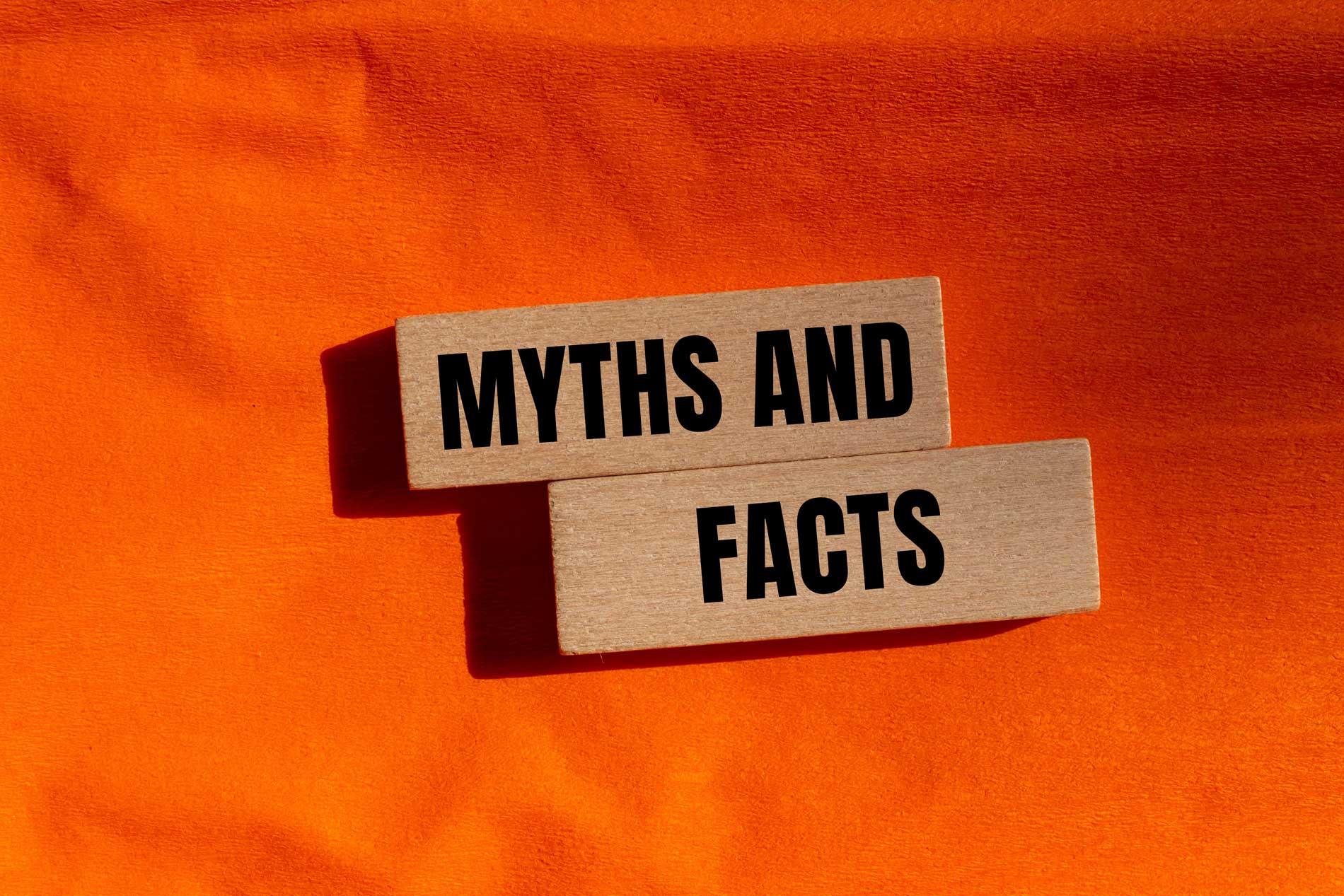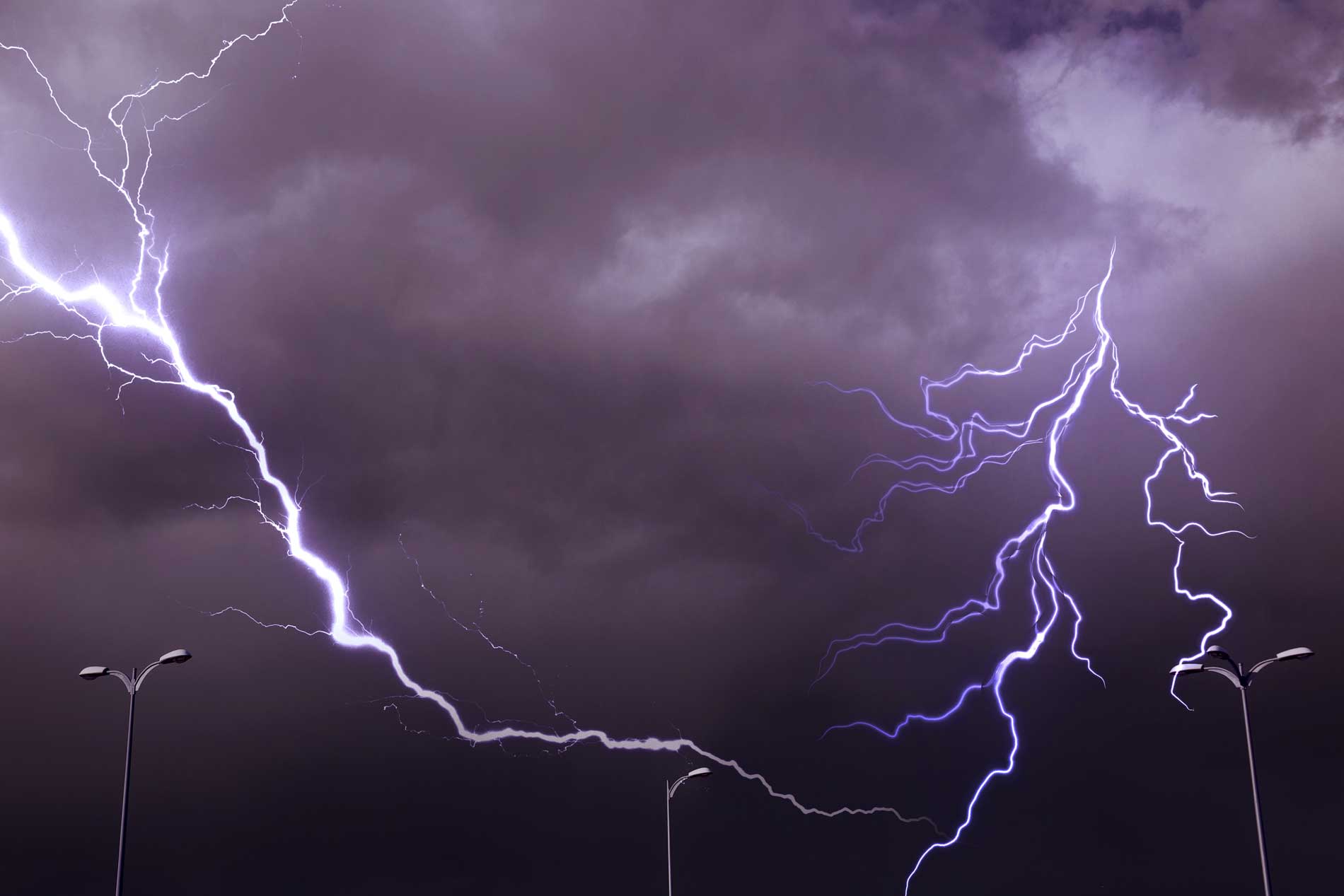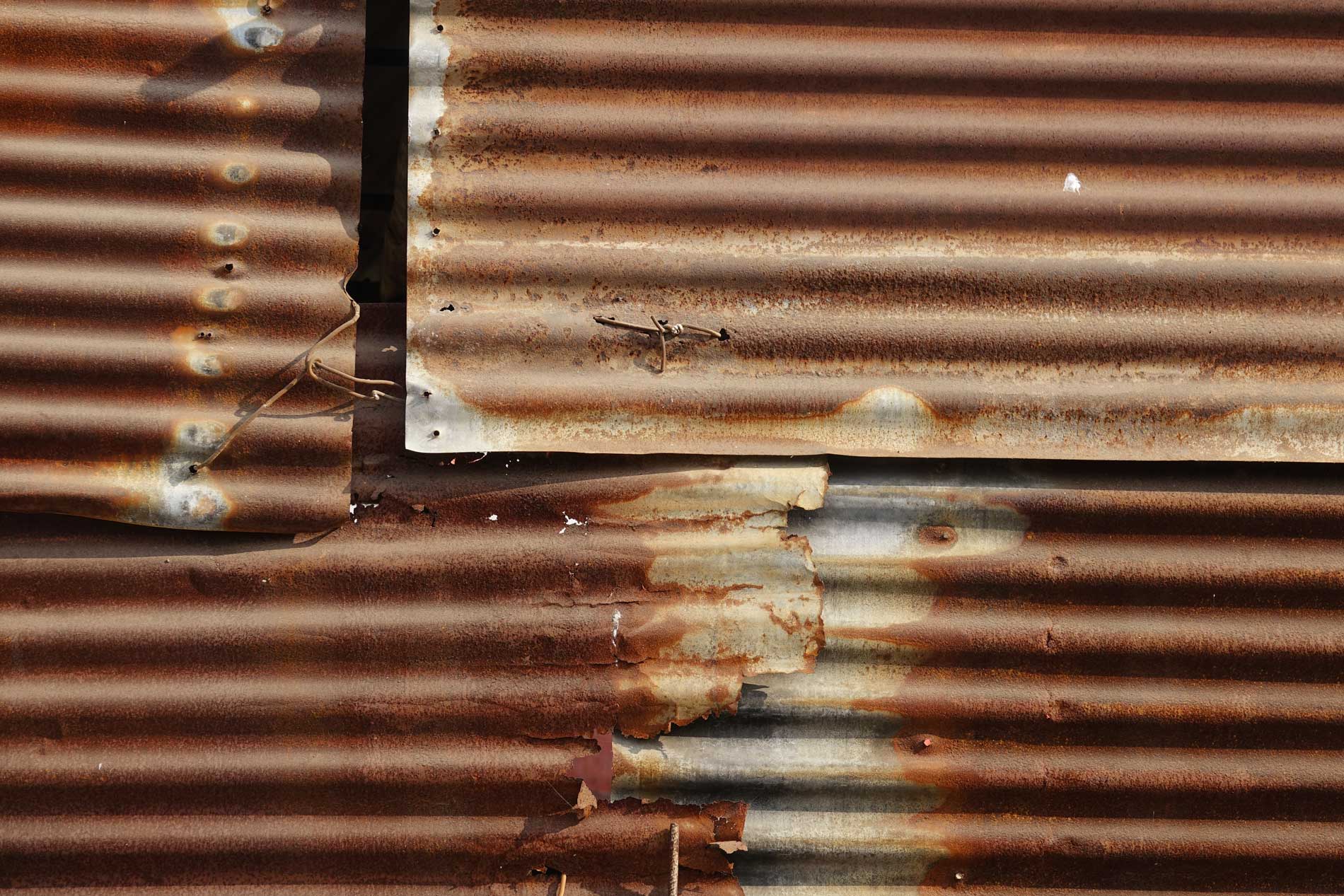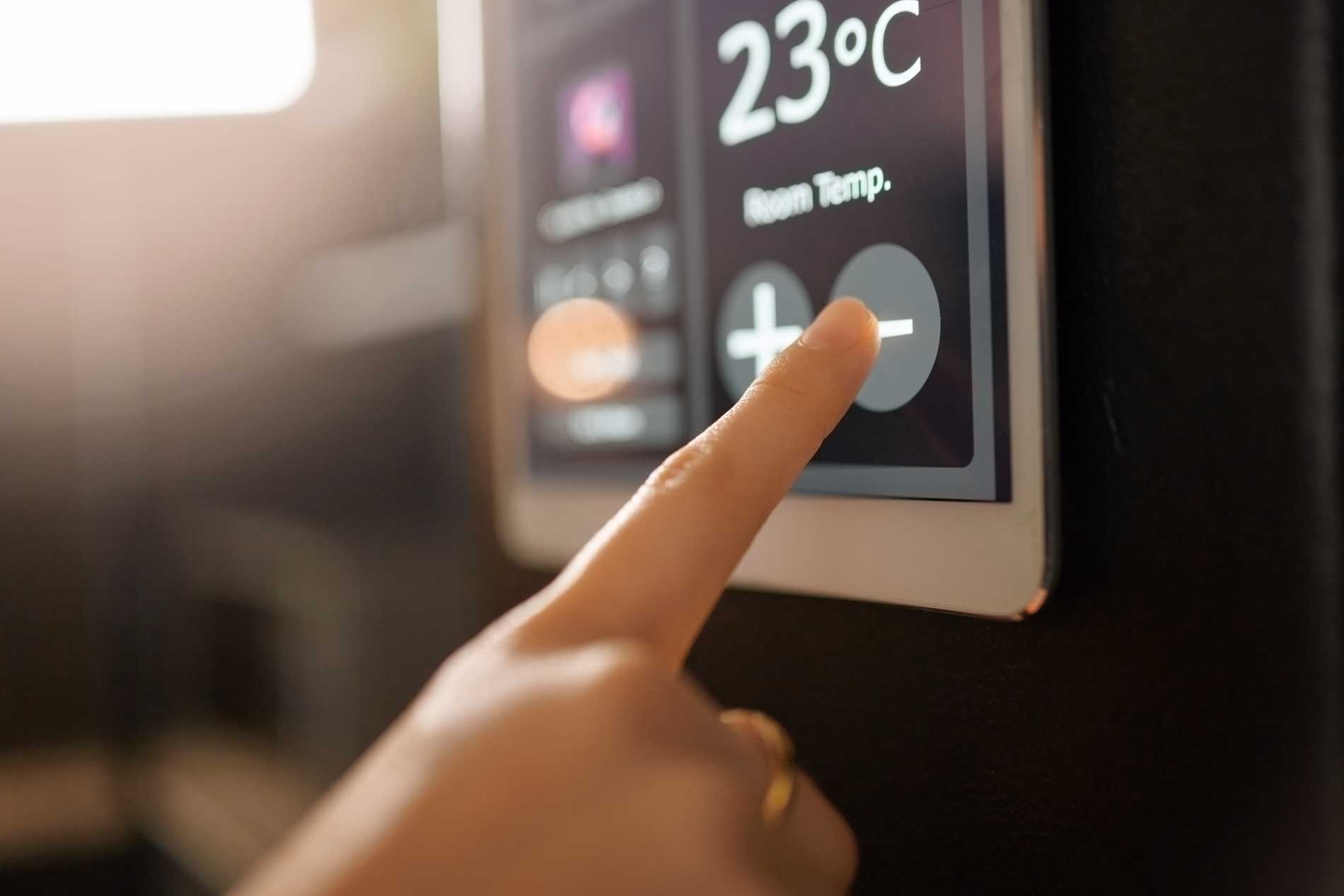You can find myths about anything these days, especially when it comes to metal roofing.
Most myths are like bad rumours. No one knows where they started, but they spread like wildfire. And if you believe them, you might end up making a costly mistake.
At Westman Steel, we think it’s time to clear the air. Let’s bust some of the biggest metal roofing myths and uncover the truth.




